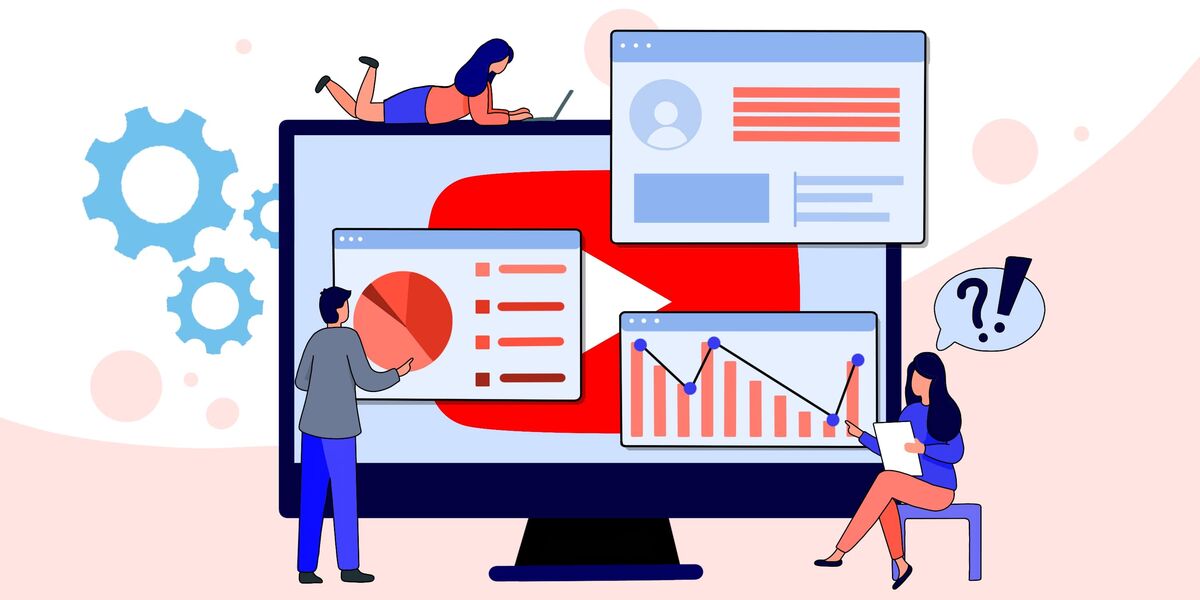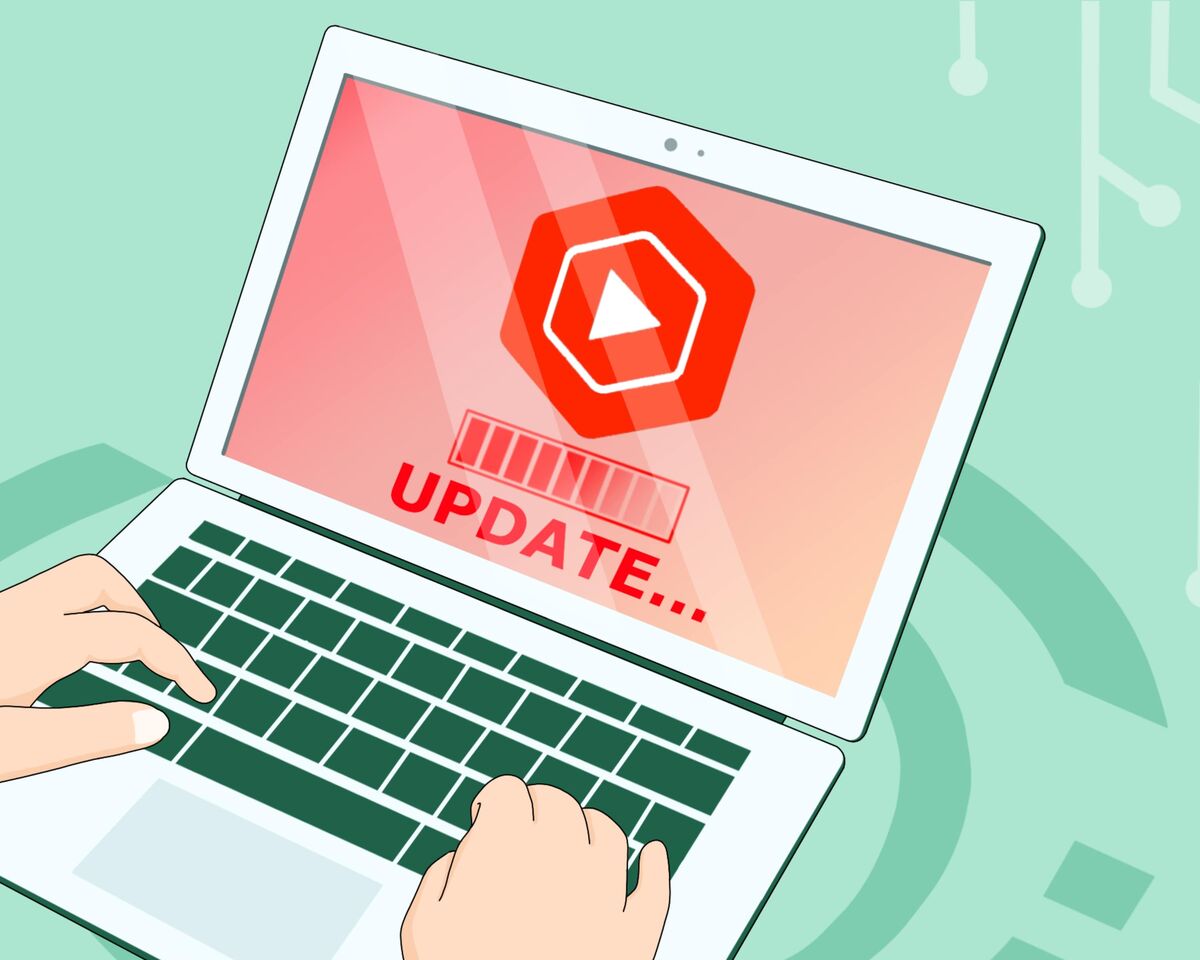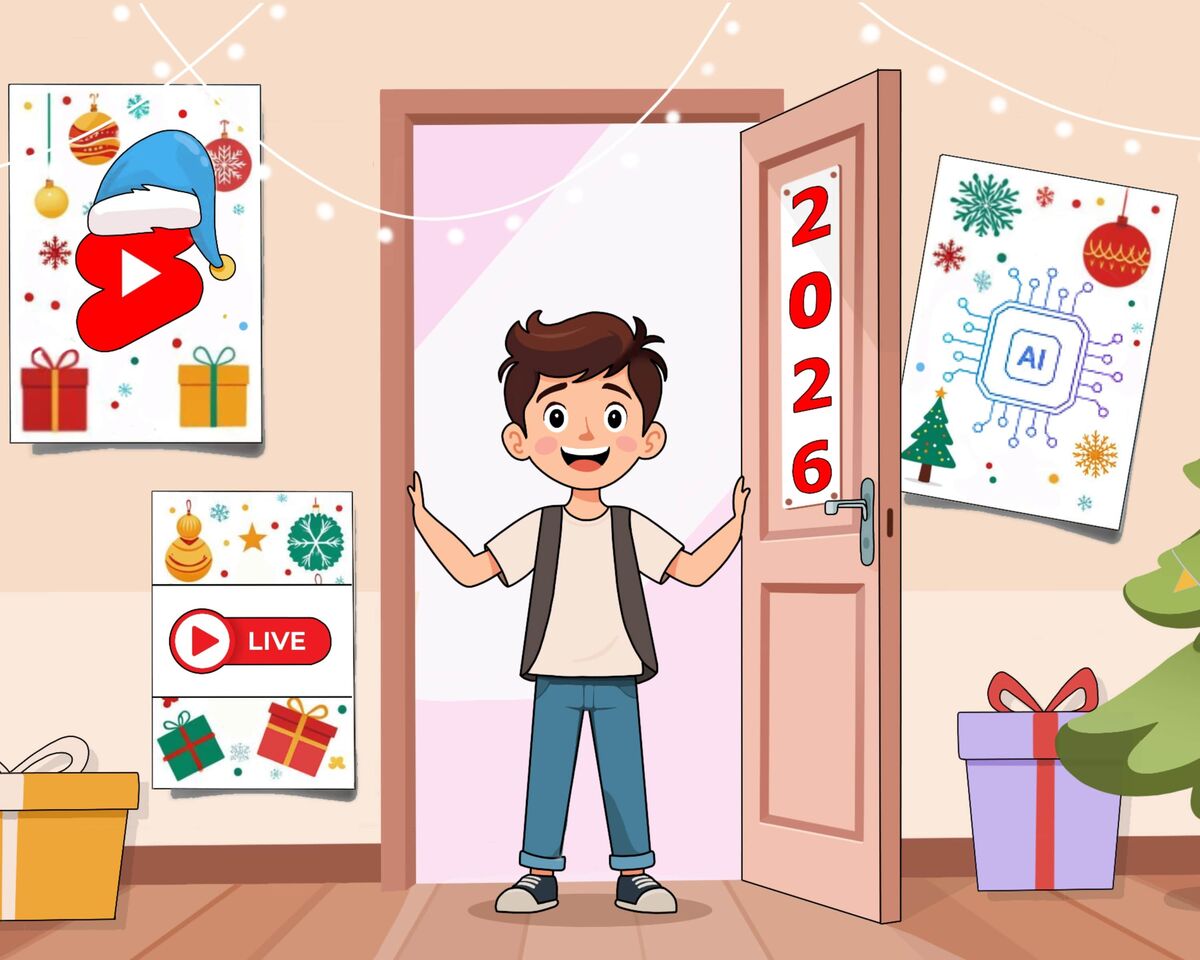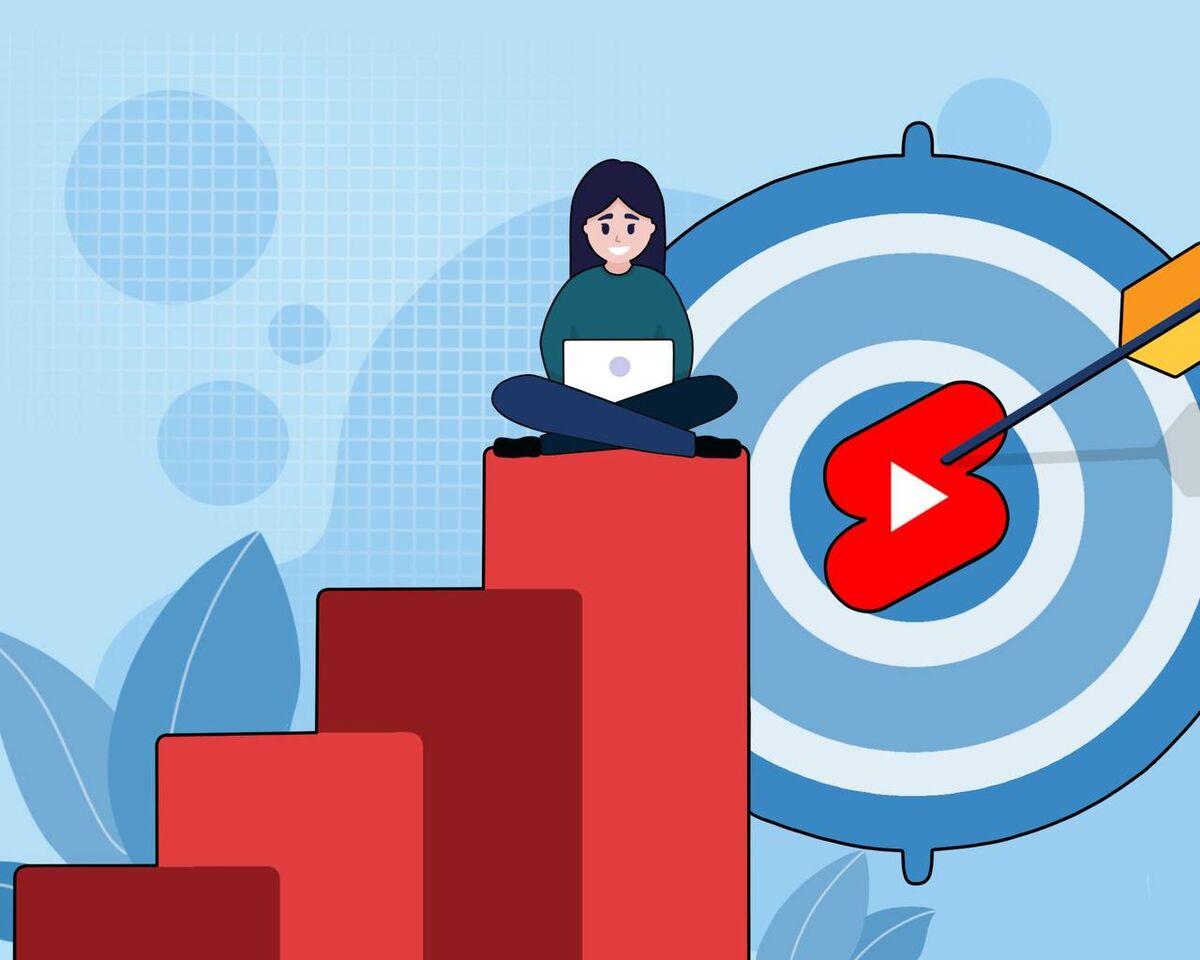Why Every YouTuber Must Analyze Their Channel

If you've been with us for a while, you’ll surely remember the times when we used to review our subscribers’ channels for free—helping them identify and fix mistakes, and offering expert insight into whether the creator had strayed from their path, and if so, when things started to go wrong.
Today, this format exists in a slightly different form, and creators are now reaching out to us more often for in-depth channel analysis and a more personalized approach to evaluation.
However, we want each of you to always have a sort of roadmap on hand—one you can use to independently track changes on your channel and adjust your promotion strategy as needed.
But first—
Disclaimer
To succeed on YouTube, you need to let go of the naive belief that big creators don’t bother with planning and analysis. And if they don’t, then we, as smaller creators, don’t need to worry about it either.
The people you see on camera might not deal with it themselves—but only because there’s already someone on their team who handles that part. Meanwhile, we’re doing everything on our own, which means this responsibility falls on us, too.
So let’s agree on this: if you’re not planning to turn your channel into a serious tool for generating income, promoting your brand and content, or even building a business, then this article can simply serve as a source of useful tips on specific topics.
That said, let’s move on to the first step of our analysis.
Step 1: Channel Focus
And it's not just about picking a niche for your YouTube channel or deciding what topic your content will cover.
There are a few other key points that many creators overlook as they rush full speed into filming videos. Then comes the crisis: views hit a low ceiling, the wrong audience shows up, no real community forms around the creator, and the creator themselves is left confused and panicked, not understanding why viewers aren't interested in their content.
In reality, the problem is that creators who find themselves in this situation often failed to answer the following questions at the very beginning of their journey:
- What do I want from Youtube?
Having fun and enjoying the process, making money and gaining popularity, simply becoming a well-known and influential blogger — there are countless possible goals.
Don’t rush your answer. Take the time to dig into what truly brings you joy and what you really want. The most important thing is to be honest with yourself. Nothing good will come from feeling ashamed of, say, wanting popularity for its own sake while forcing yourself to believe that your main motivation is helping others.
If you’re a complete beginner, don’t jump into creating content blindly before answering these questions. And if you’re a more experienced creator but feel lost — take a moment to check whether you're still pursuing the right goal on YouTube — or if you even have one at all.
The next point worth reflecting on is—
- What do I want YouTube to do for me?
At first glance, this question might seem strange — we all want YouTube to promote our videos, right?
Okay, but then what? Here’s a better question: Why do you want YouTube to promote your videos? So that you can attract like-minded people? So you can rake in millions? To eventually become an expert in content marketing? Or maybe for something entirely different?
The way you articulate your expectations of the platform will directly impact how you position your channel and what short-term goals you set.
Is your channel a commercial project, and it’s important for you to start earning income by a certain date?
Is it a social channel aimed at raising public awareness about a particular issue?
Or is it purely for entertainment — a place where you want to bring people joy and collect their positive energy?
Or maybe it’s a mix of all the above?
Think this through — and remember to regularly check in with your own motivations, because they can evolve over time.
Step 2: Content Uniqueness
Simply put, uniqueness on YouTube is about how much of your content is truly your own — and how much is borrowed from others.
For example, when it comes to choosing a niche or topic, it’s often impossible to be completely original, since almost everything has already been covered by someone.
But there are two areas where you can still stand out and be unique:
- Author persona: what character you present as in the YouTube world — and this is a paramount parameter, because there is no second you in the world.
Everything is important here: both what baggage of experience you came to YouTube with, and how you grow over time. It's important what distinguishing character traits that set you apart from other authors you possess, and how understandable these traits are to viewers.
Pay attention also to how you communicate with your audience — how you sound on camera, what atmosphere you create with your delivery, and what in general might hook your viewers. This also includes, of course, your visual image. Not of the entire channel, but of you as its main character.
- format: the way you present yourself and your content on the platform.
Whether you’re an expert or a reviewer; whether you dive deep into the topic or focus on being concise; whether you edit your videos with fast cuts, lots of memes, captions, and sound effects—or prefer a minimalist style—these choices make you stand out among other creators on the platform.
The same goes for your channel’s branding: the banner, thumbnails, catchy slogan—all of these create a strong association for viewers with your unique persona.
This is where many YouTubers struggle, because if you look at it superficially, there have already been tons of great formats repeated a million times. The same applies to YouTube creator archetypes, which have long been established.
But the secret isn’t about finding something completely unique in your style or format—it’s about connecting your creator persona, character, and content format based on your own personality. That’s how true uniqueness is born.
Step 3: Brand and its standards
When we create a YouTube channel with any goal other than hobby or personal use, we automatically create a personal brand: working on its purpose, positioning, design, style, format, and presentation.
Every single decision we make shapes that personal brand and turns our channel into an advertisement for ourselves, our content, and potentially, in the future, for products or services.
To succeed on the platform, you’ll really need to put some serious thought into how this brand will look and what it will represent.
Personal brand consists of:
- Strengths
- Uniqueness
- Professionalism
- Image
Besides the general criteria, there is the concept of brand standards — the principles and guidelines that define and guide the brand.
For example, take MrBeast. His persona is the brand. We know he follows several standards: making high-quality videos, helping people whenever possible, and evoking positive emotions in his audience.
And it really works. But if you don’t clearly define your persona from the start, there’s a big chance you’ll lose direction at some point and start wavering between different images and standards. In that case, you’ll have to take a few steps back and fix mistakes.
As you can see, even for promoting your own videos, a personal brand is essential. So let’s figure out what standards your channel—that is, your brand—should follow.
To do that, we’ll ask ourselves some questions again.
- What do you stand for as a brand, and what do you not stand for?
If you've done all the work above, then it will be quite easy for you to answer this question.
Let's break it down using our example to make it simpler.
So, our motivation as a company is that we want to help bloggers create quality content, promote themselves on the platform both paid and free, grow qualitatively and enjoy their work.
And then our personal qualities as content creators start working, which form the standards of our work with the YouTube channel and here in the blog: we stand primarily for honesty.
We don't paint unrealistic pictures for bloggers about working on YouTube, which is exactly what we pay for by our channel not attracting mass audiences. But we do this consciously.
With content, we also try not just to deliver truth and an objective view of YouTube and authors' work, but we also make efforts to support people, we try to dilute content with elements of humor and sometimes even entertainment format.
To clearly define your standards, we recommend you describe your brand in four to five words that will become your guidelines.
For example, here's how it turned out for us:
- Usefulness: verified facts and practical advice, useful knowledge, help for everyone and each individual.
- Strictness: debunking myths, honesty and directness, removing rose-colored glasses.
- Support: psychological help for bloggers, assistance in improving their content, answering questions in comments, creating a community of like-minded people for support and experience sharing.
- Humor: for us this is a special weapon that helps overcome fears, insecurity, makes the perception of educational content easier.
- Systematic approach: each of our videos includes structure and theme, a written script, which we compose based on research, experience and analytics. It never happens that we simply release a video for the sake of a video on our channel.
It's important not to forget that when defining our own standards, we must also consider where we definitely never and under no circumstances would want to find ourselves, that is, conditional anti-guidelines, who we don't want to become in the eyes of our viewers.
For example, our anti-guidelines definitely include:
- Fake-Gurus: implausible pictures of YouTube promotion for the sake of clicks, views and subscribers.
- Boredom: lack of humor, instructions without the right to choose, dreary delivery.
And since our main task is helping bloggers, we want to remind you that the Prodvigate service daily helps authors get live interested subscribers, as well as views, likes and comments.
You'll need 3 simple steps: set up your personal account, pay for promotion and launch ad display. The rest will be done for you by the service's smart algorithms.
As a certified leading Google partner, we care about your reputation and use only legal promotion methods through official Google Ads tools.
Grab a discount with promo code BLOG10 on your first promotion!
But let's get back to our article.
Step 4: Positioning
Overall, this is a big topic that can be divided into three parts:
- positioning of your channel relative to other channels on YouTube: that is, how your brand stands out among other authors in the topic;
- positioning of your brand in the eyes of the audience: how viewers see your channel, how they perceive it, what feelings it evokes in them;
- positioning of your character in your content: what kind of character you are in your videos, relative to other authors in the niche and in the eyes of your audience.
Right now we won't break down each point, because the topic of blogger positioning in content is generally a separate big chapter about characters, archetypes and psychology. Right now we'll only remind you about positioning your content and brand.
If we simplify greatly, positioning can be fit into a slogan. For example, the well-known "Just Do It" from Nike.
All this sounds too simple, but you try to describe your brand in one short sentence so that it both distinguishes it among other channels and becomes motivation for viewers to pay attention to you.
In our case, the slogan of the Prodvigate service and channel is the phrase "Promote yourself with us." We tried to put into it both focus on solving bloggers' main pain point (promotion) and the desire to create a community of like-minded people whom we want to help (with us). And everything overall looks simple and clear.
The secret to your positioning success is that you do enormous analytical work on the niche, platform, audience and yourself, so that you can then formulate the most understandable and simple positioning possible.
And you'll be surprised, but simplifying will turn out to be much harder than complicating. You'll have to work hard, because the more complex you demonstrate yourself to viewers, the less motivation they'll have to deal with your complex formulations and multi-level ideas.
Of course, alone, when you don't have a big team behind you, coming up with ideas for the channel, managing to write good scripts, keeping up with monitoring competitors, dealing with editing, thumbnails, SEO — it's titanic work. And relying on yourself alone even for channel evaluation — that's definitely too much. You'll always need an outside perspective, there's no arguing with that.
However, in case turning to an expert for advice (and you'll definitely need more than one of these pieces of advice) isn't an option, it will be easier for you to develop on YouTube if you learn to evaluate yourself by basic criteria on your own. This is perhaps the most important thing you can do for your channel.
TGIF!




